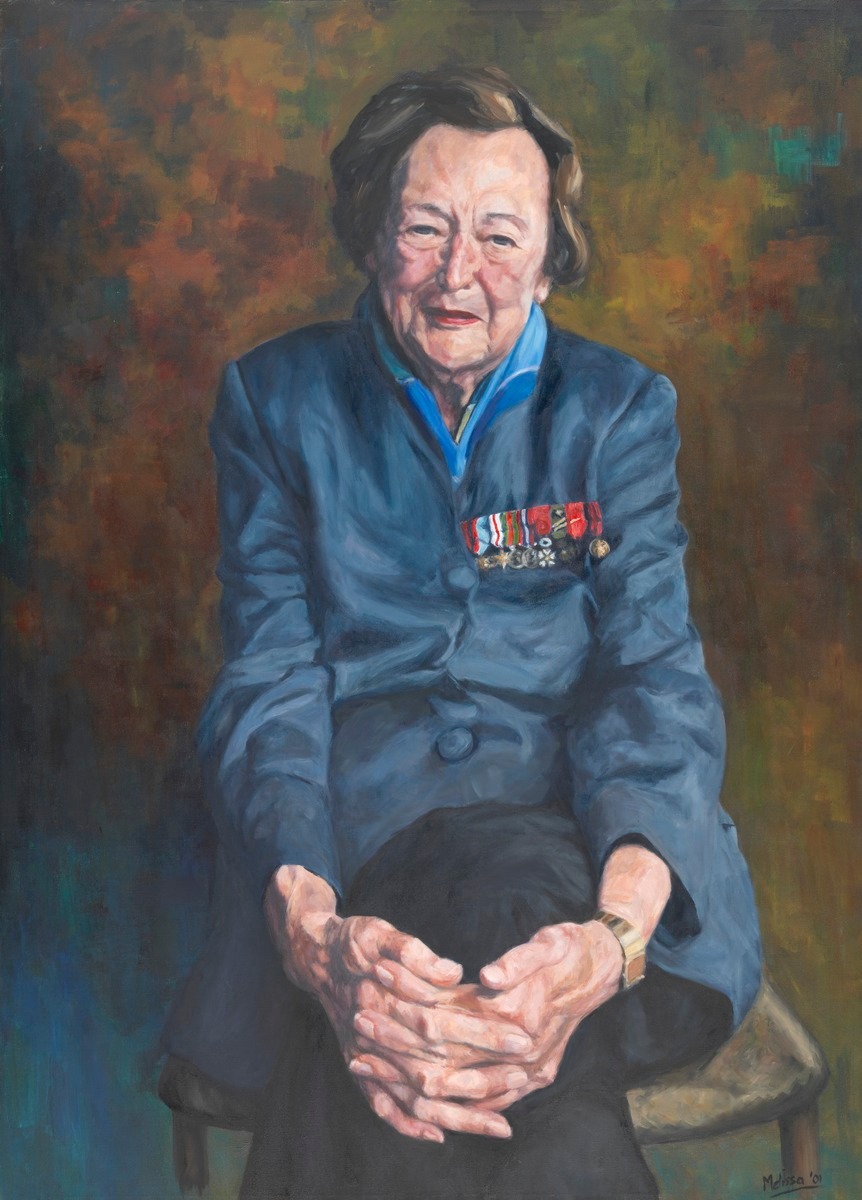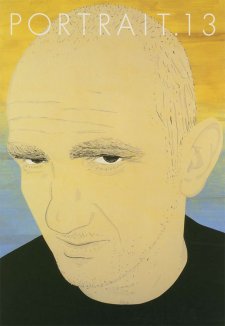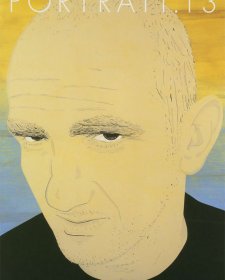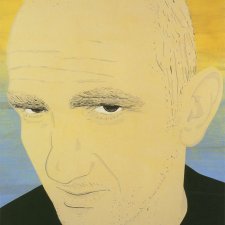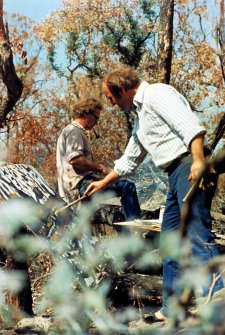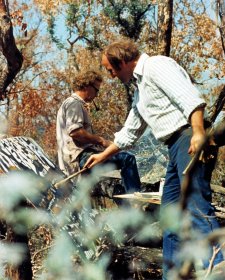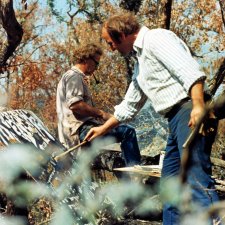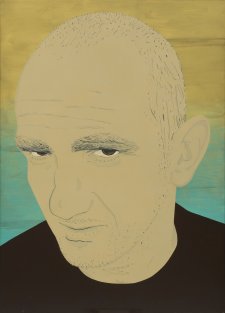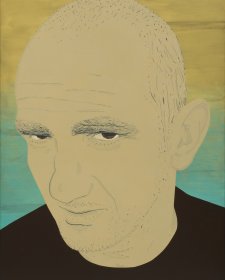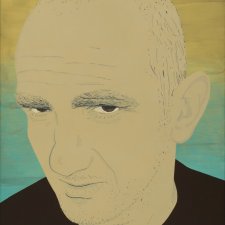Born in Wellington, New Zealand, Nancy Wake came to Sydney with her parents at the age of 2. She was educated in Sydney but left there in 1932, ending up in London, where she undertook a journalism course. She moved to Paris to work as a journalist, but set up house in Marseilles after marrying a French businessman, Henri Fiocca, late in 1939. In 1940, Nancy Wake began driving an ambulance, delivering supplies to refugees and English prisoners, and carrying packages and messages between Cannes and Marseilles by bicycle. With Fiocca's financial backing, between 1940 and 1942 she helped to maintain escape routes through France that saved the lives of hundreds of Allied troops. When it became too dangerous for her to stay in France the Resistance arranged her removal to England, where she trained as a Special Operations Executive, learning to parachute, kill silently and handle weapons. Unaware that Henri Fiocca had been captured and killed by the Gestapo in 1943, she parachuted back into France with secret codes in 1944. Soon she became Chef du Parachutage, assuming responsibility for a large group of resistance fighters; her heroic bicycle ride of more than 400km through occupied France to re-establish resistance communication lines enabled her band of Maquisards to play a significant part in sabotaging German systems on D day.
Wake's incredible efforts over the course of the war won her the George Medal, 1939-45 Star, the France and Germany Star, the Defence Medal, the British War Medal 1939-45, the Croix de Guerre with Palm and Bar, the Croix de Guerre with Star, the US Medal for Freedom with Palm and the French Medaille de la Resistance and she is an Officer of the Legion d'Honneur.
After the war Wake remarried and returned to live on the north coast of NSW. She left Coffs Harbour for London in 2001, residing at the Stafford Hotel until illness forced her removal to the Royal Star and Garter war veterans' home. Until she was 90 she had never received an award under the Australian honours system, and she had said in turn that the Australian government could stick its awards where the monkey stuck his nuts. However, after intensive lobbying by Prime Minister Howard she received the AC from Governor General Michael Jeffrey in London in March 2004, and she now accepts a discretionary allowance from Australia. Wake has written an autobiography, The White Mouse (1985) and Peter FitzSimons's Nancy Wake: a biography of our greatest war heroine was published in 2001.
Melissa Beowulf grew up in Sydney, where she became a graphic artist. Since moving to Canberra thirteen years ago she has specialised in portraiture and sculpture. Her portrait of Ken Done was a finalist in the 2000 Archibald Prize and in 2001 her portrait of Brian Kennedy was selected for the Salon des Refuses. She was a finalist in the Portia Geach Prizes of 1998, 2000, 2001 and 2003, when she was highly commended. This work was a finalist in the 2002 Doug Moran Portrait Prize. Beowulf is secretary/treasurer of Portrait Artists Australia, a non-profit national artists' association.
